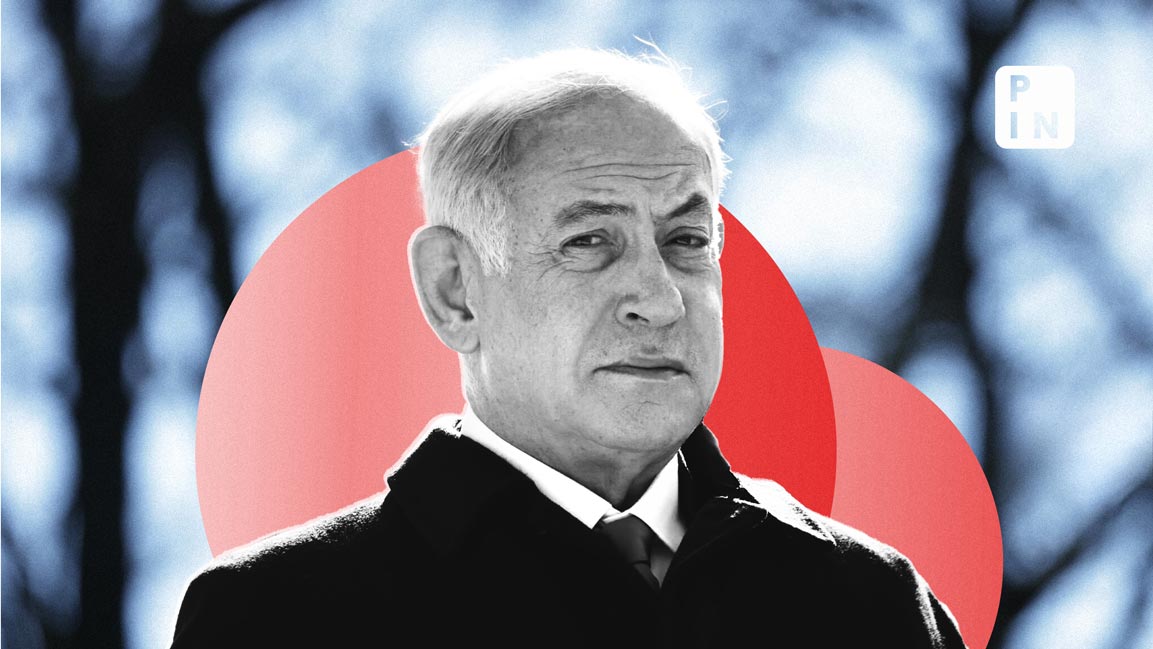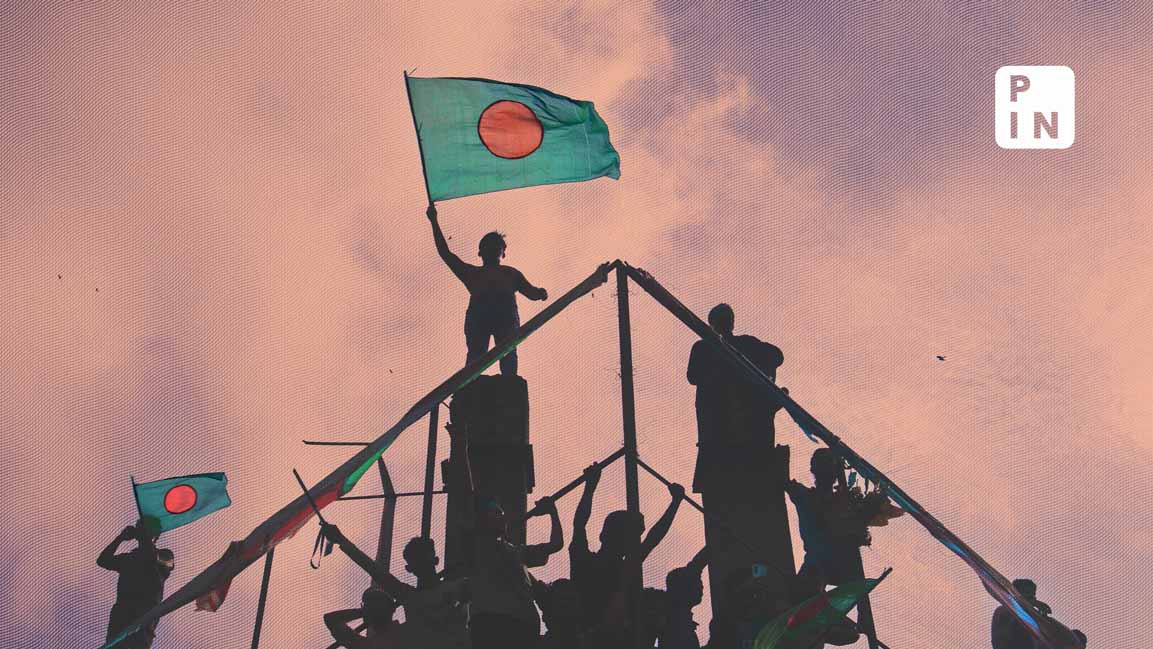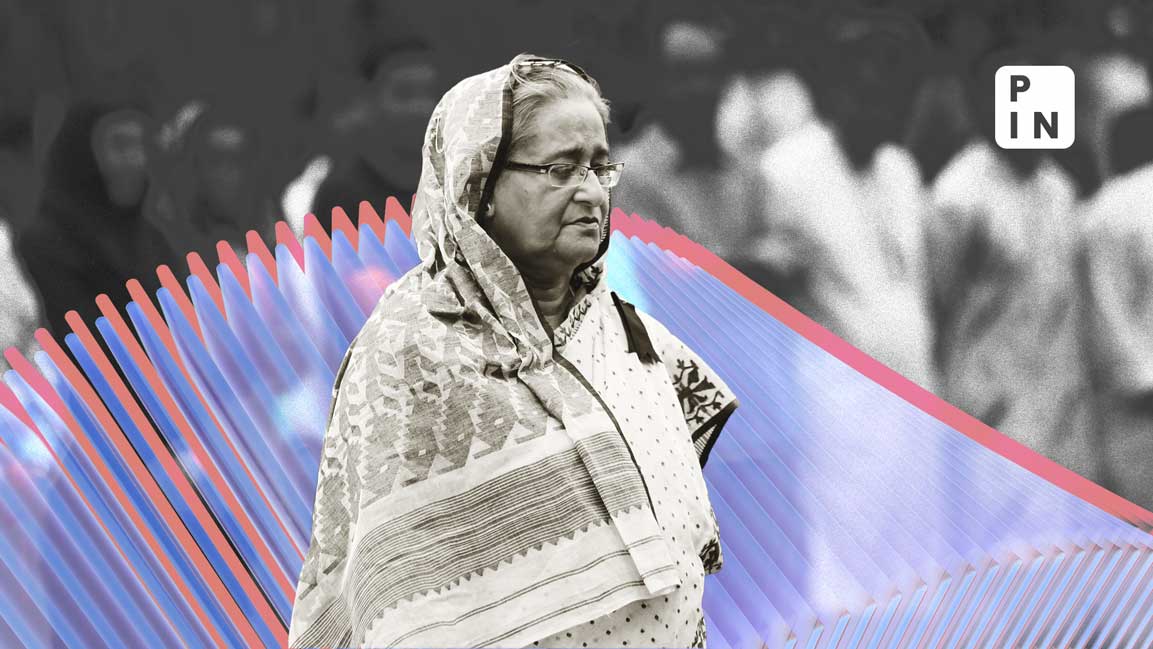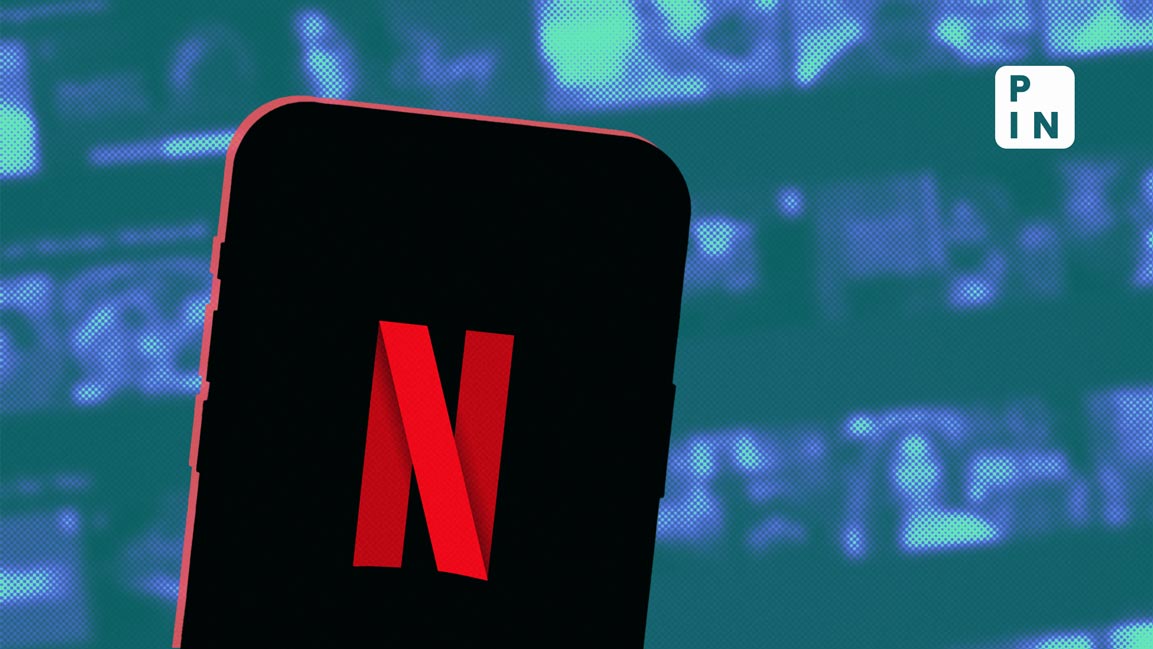- | 5:00 pm
The optics of Modi’s visit to Kiev and its outcome
The Indian PM’s Kiev visit last week has sparked speculation about his potential role in persuading Russia and Ukraine to resolve the conflict that began in February 2022
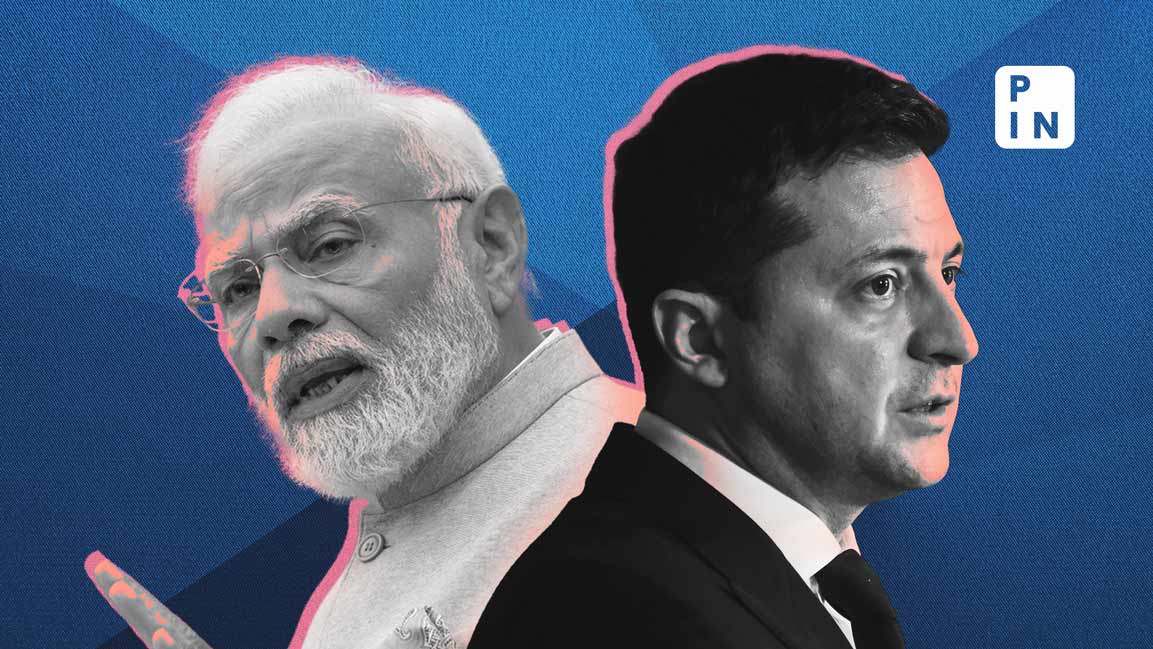
Prime Minister Narendra Modi, the most widely traveled Indian Prime Minister to date—having visited 69 countries—arrived in Ukraine’s capital, Kiev, on 23 August after a 10-hour train ride from Poland.
US President Joe Biden also traveled to Kiev by train in February 2023, as direct flights to Kiev are not safe due to the threat of Russian attacks.
It is worth noting that Kiev was not bombed or droned during Biden’s five-hour visit, nor during the seven hours Modi was there. The Russian military was likely informed in advance of these visits by foreign leaders and exercised restraint.
Despite Ukraine’s military launching an incursion into Russia’s Kursk region on 6 August, Modi’s presence in Kiev did not affect this action. This is relevant because Ukraine and the West, especially Washington, expressed significant displeasure over Modi embracing Putin on the day Russia attacked a children’s hospital in Kiev (23 August).
Ukraine ensured Modi’s first program was a visit to a museum dedicated to children killed in the war. Notably, Zelensky was frowning a little when Modi hugged him and even put a hand over his shoulder.
It’s unclear to what extent Western disapproval influenced New Delhi’s decision to arrange an early visit by Modi to Kiev.
Optics and outcome
Modi’s visit has sparked speculation about his potential role in persuading Russia and Ukraine to agree to a ceasefire and subsequent negotiations to resolve the conflict that began in February 2022.
However, it is important to distinguish between optics and actual outcomes. Given that a good part of the Indian media is inclined to take seriously what the ‘sources’ tell them, it can be challenging for the reader to separate the wheat from the chaff. For example, The Indian Express on August 24 gave the headline: “India Lends Ukraine a Shoulder”.
Such reporting may be part of optics, generated by close collaboration between the government and the media.
As for the actual outcome, if media reports are to be believed, Modi appears eager to be involved in a “peace process.”
Biden called Modi this week (27 August) and Modi briefed him on his visit to Kiev. According to a statement from the ministry of external affairs (MEA), Biden “commended” Modi for his visit to Ukraine.
For context, when Modi was in Moscow, US State Department spokesperson Matthew Miller expressed “concerns about India’s relationship with Russia” and mentioned he would look at Modi’s “public remarks” for insights into their discussions.
Miller’s comments implied that Washington did not expect a briefing through diplomatic channels.
This seemed unusual, as the MEA typically briefs interested diplomatic missions through the relevant joint secretary. Clearly, classical diplomacy is in retreat. Given this, it’s positive that Biden and Modi discussed the visit directly.
The outcome must be viewed primarily from the perspectives of Ukraine and India: Zelensky tried to persuade India to stop buying oil from Russia, arguing that without oil revenue, Putin could not sustain the war. India politely declined the request.
Zelensky also wanted India to actively participate in the follow-up to the peace summit held in Switzerland in June. India sent its secretary (West) to the summit, while many countries were represented at the summit level or by foreign ministers. India refused to sign the declaration.
It’s puzzling that Switzerland would host a “peace summit” without inviting Russia, one of the belligerents.
Kiev has expressed hope that India might host the follow-up meeting. However, Zelensky was quoted as saying that a country that did not sign the declaration after the “peace summit” cannot host the follow-up meeting. Clearly, there is a lot of confusion in the air.
The Indian media has speculated that Modi will discuss a ceasefire proposal with Zelensky on the sidelines of the upcoming UN General Assembly in September, and subsequently, Modi will meet Putin in October for the BRICS summit in Kazan.
It is worth noting that Modi spoke to Putin after his conversation with Biden, confirming his attendance at the BRICS summit hosted by Putin in Kazan in October.
Will Modi be able to present a proposal for talks to Putin based on his discussions with Zelensky in New York?
We do not know.
As of now, it seems highly unlikely.
However, we do know that the positions of Putin and Zelensky are vastly different. Putin is willing to negotiate if Ukraine acknowledges the military realities. Zelensky is prepared to negotiate only after a complete withdrawal of Russian forces from Ukraine, including Crimea, which was annexed in 2014.
Meanwhile, Russia has destroyed about 50% of Ukraine’s power grid and seems poised to destroy more, depriving Ukraine of adequate power as winter approaches.
The Hindu, in an editorial, argued that India is not well-positioned to broker peace.
It is painfully clear that the war can only end through a ceasefire agreement, as neither side can compel the other to surrender through military victories. There are essentially two conflicts: one between Russia and Ukraine, and another between NATO and Russia.
Biden’s stance that it is up to Zelensky to decide when to negotiate a ceasefire is untenable. Left to himself, Zelensky will continue fighting as long as he receives arms from the West. Does Biden intend to fight Russia until “the last Ukrainian”?
What next?
The Ukrainian military has made incursions into Russia, capturing about 1,300 sq. km and 100 settlements. The last time Russian territory was occupied by a foreign enemy was during Nazi Germany’s Operation Barbarossa in June 1941.
This situation puts Putin in an embarrassing position, to put it mildly.
Kiev’s strategy was that by invading Russia proper, it would force the Russian military to redeploy, thereby slowing down the Russian advance.
This has not occurred, and Russia is close to capturing Pokrovsky, a strategically located city in the Donetsk region.
The key question is whether Ukraine will be compelled to seek a ceasefire as winter sets in. How long can Zelensky remain in office if he cannot halt the Russian advance and refuses a ceasefire?
Russia has already warned NATO about Ukraine’s use of NATO-supplied arms. Some NATO member states are showing reluctance to encourage further Ukrainian advances into Russia using these weapons.
All told, the prospects for a ceasefire are rather slim right at present, and the situation may deteriorate further before it improves.






